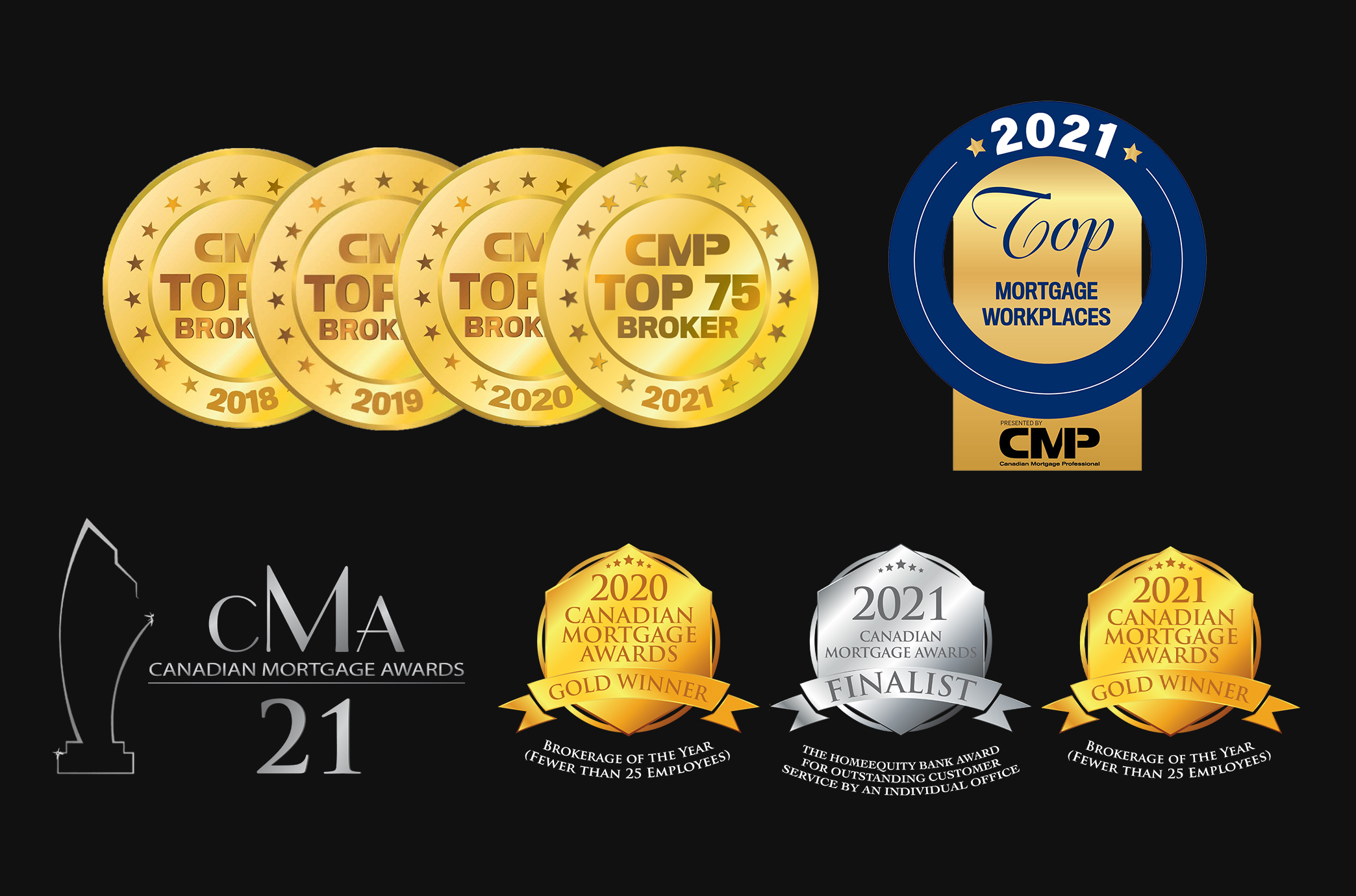Great Mortgages. The Right Insurance. Expert Advice.
Major Policy Change – another day, another mortgage change…and this one’s BIG!
Your Outline Financial Team.
Call or email at any time:
While the details are still trickling in, the Office of the Superintendent of Financial Institutions (OSFI) has once again used its powers to tighten mortgage qualification rules. These changes could be effective as early as today for some lenders, but no later than January 1, 2018 and will impact anyone looking to purchase or refinance a home with 20% or more down payment or equity – i.e., a lot of people.
We will continue to monitor this closely as the various banks and lenders issue their responses/implementation dates and guidelines. We hope you find the below helpful, and we are available at any time to discuss any specific or general questions or scenarios you may have.
What’s Changing?
While a number of changes were announced today, the most significant is with respect to setting a new minimum qualifying rate, or “stress test” for uninsured mortgages (i.e., mortgages with 20% or more down payment).
As a recap, currently if you have 20% or more for a down payment and you select a 5-year fixed mortgage term, you can qualify for a maximum mortgage using your actual monthly payment in the calculations. A typical 5-yr fixed bank rate is around 3.24% right now, which is called the “contract rate” or “actual rate”. Going forward, while your actual mortgage payment would still be based on your contract rate, you would need to qualify using a much higher monthly mortgage payment based on the new “stress test” rate requirement which is the HIGHER of:
- The 5-yr benchmark rate published by the Bank of Canada (currently 4.89%), or
- The contract rate plus 2.0% (i.e., if the contract rate is 3.24% the qualifying rate would be 5.24%)
In the above example, this change would significantly reduce the maximum purchase price or refinance amount that a person could qualify for as it would require them to qualify based on a stress test rate of 5.24% vs. the contract/actual rate of 3.24% – please refer to the impact section below for examples.
When is This Changing?
The banks/lenders have yet to comment, but it is anticipated some may start implementing the new rules as early as today, but no later than January 1, 2018. As this is a federally regulated change it will directly impact the banks, but is also expected to roll out through the mono-line lenders. As our credit union lenders are provincially regulated, it will be interesting to see if they will have a competitive advantage vs. the other lenders in the coming months and into the new year.
What is the Potential Impact?
While every case is different, we have included a sample max purchase price impact calculation for a 20% down buyer*. Please contact us if you would like us to run the numbers for any specific scenario or would like the detailed calculations for the below:
Impact Example #1 (Max Affordability):
Total household salaried income = $200,000
Down payment available = 20%*
Mortgage Product Chosen = 5-year Fixed
Purchase Style / Location = Freehold / Toronto
Debts = limited debts (i.e., credit card, car, etc.)
Current Max Purchase Price = Approx. $1,550,000*
Max Purchase Price After New Stress Test Rules = Approx. $1,320,000*
(Note: the above is for illustration only. Please contact a member of Outline Financial to discuss, or for specific scenarios.)
**********
Impact Example #2 (Max Affordability):
Total household salaried income = $100,000
Down payment available = 20%*
Mortgage Product Chosen = 5-year Fixed
Purchase Style / Location = Condo / Toronto
Debts = limited debts (i.e., credit card, car, etc.)
Current Max Purchase Price = Approx. $720,000*
Max Purchase Price After New Stress Test Rules = Approx. $620,000*
(Note: the above is for illustration only. Please contact a member of The Lang Team to discuss, or for specific scenarios.)
*Note: for the above examples we converted the 20% down payment to a $ amount and used that same $ amount for both the contract rate and new stress test rate qualifying scenarios. Many media reports on the subject appear to be using a straight 20% down payment for both scenarios which would make the decrease in affordability appear larger.
What is the Media Saying?
While additional details are expected to be published throughout the week, we have included a link to the OSFI announcement as well as a few relevant articles that have come out in the media today:
- OSFI Announcement Posted on Government of Canada Website – Oct 17, 2017
- The Globe and Mail Article – Canada’s banking regulator raises bar for uninsured mortgages
- CBC.ca Article – OSFI finalizes new mortgage rules, including stress test for even uninsured borrowers
- Financial Post Article – Canada’s banking watchdog sets tougher rules for mortgage lending
- BNN Article – OSFI set new rules for mortgage lending
Additional Comments
While it is clear this change will have a significant impact on affordability, the argument for this change is that it will help stabilize the Canadian housing market over the long term. In a worst case scenario, if the housing market overshoots on the downside, given the numerous tightening measures implemented by the government in recent years, they now have many tools at their disposal to help stimulate the housing market if/when needed (i.e., by increasing amortization, lowering the stress test rate, increasing the availability of CMHC insurance, etc.)
Copyright @ 2019 Outline Financial and FSB – All Rights Reserved



